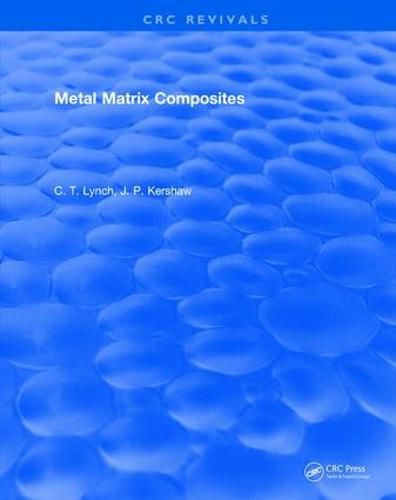Readings Newsletter
Become a Readings Member to make your shopping experience even easier.
Sign in or sign up for free!
You’re not far away from qualifying for FREE standard shipping within Australia
You’ve qualified for FREE standard shipping within Australia
The cart is loading…






The concept of reinforcing a material by the use of a fiber is not a new one. The Egyptian brick layer employed the same principle more than three thousand years ago when straw was incorporated into the bricks. More recent examples of fiber reinforced composites are steel-reinforced concrete, nylon and rayon cord reinforced tires, and fiberglass reinforced plastics. In the last several years considerable progress has been made on new composite structures particularly utilizing boron (on tungsten substrate) fibers in various matrices. Many of these advances have been reviewed recently by P. M. Sinclair1 and by Alexander, Shaver, and Withers.2 An excellent earlier survey is available by Rauch Sutton, and McCreight.3 Boron-reinforced epoxy composites are being fabricated and tested as jet engine components, fuselage components, and even as a complete aircraft wing because of the tremendous gain in experimentally demonstrated properties such as modulus, strength, and fatigue resistance, particularly on a weight normalized (e.g., strength/density) basis. Other than glass/epoxy and boron/ epoxy composites and perhaps boron/aluminum, the systems now under study are in the early stages of research and development. These include other boron/metal composites, graphite/polymer, graphite/metal, graphite/graphite, alumina/metal, and aligned eutectic (directionally, solidified) combinations. As Sinclair points out, designers are wary about filamentary composites becausethere is little background information and scant experience.
$9.00 standard shipping within Australia
FREE standard shipping within Australia for orders over $100.00
Express & International shipping calculated at checkout
The concept of reinforcing a material by the use of a fiber is not a new one. The Egyptian brick layer employed the same principle more than three thousand years ago when straw was incorporated into the bricks. More recent examples of fiber reinforced composites are steel-reinforced concrete, nylon and rayon cord reinforced tires, and fiberglass reinforced plastics. In the last several years considerable progress has been made on new composite structures particularly utilizing boron (on tungsten substrate) fibers in various matrices. Many of these advances have been reviewed recently by P. M. Sinclair1 and by Alexander, Shaver, and Withers.2 An excellent earlier survey is available by Rauch Sutton, and McCreight.3 Boron-reinforced epoxy composites are being fabricated and tested as jet engine components, fuselage components, and even as a complete aircraft wing because of the tremendous gain in experimentally demonstrated properties such as modulus, strength, and fatigue resistance, particularly on a weight normalized (e.g., strength/density) basis. Other than glass/epoxy and boron/ epoxy composites and perhaps boron/aluminum, the systems now under study are in the early stages of research and development. These include other boron/metal composites, graphite/polymer, graphite/metal, graphite/graphite, alumina/metal, and aligned eutectic (directionally, solidified) combinations. As Sinclair points out, designers are wary about filamentary composites becausethere is little background information and scant experience.